Kayaks are a great way to explore the water. Kayaks come in several sizes and styles tailored to different types of uses. From fishing kayaks to racing kayaks, there is one for every occasion. But, is a kayak a boat? This is the most common question asked.
Whenever a new hobby is being explored, it is important to know the terminology. In our today’s blog post, we will guide you on “whether is a kayak considered a boat” or not. So, let’s get started.
Contents
Contents
Is a Kayak a Boat?
Kayak is a sports equipment that is used by a limited number of people and is mentioned as a canoe. A boat is defined as a small watercraft propelled by paddles, oars, sail, or motor and usually less than 45 feet in length. Kayaks easily fall into this definition since they are primarily propelled by paddles or motors. So technically, a kayak is considered to be a boat by definition.
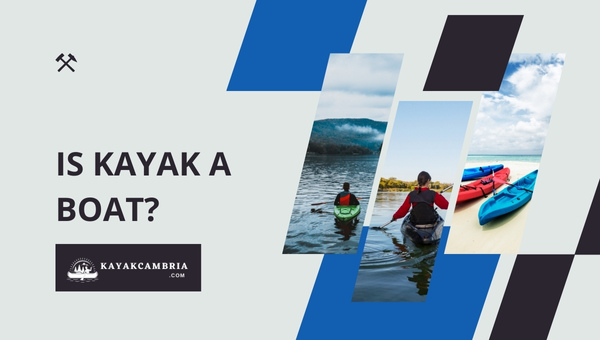
However, if you’re powering the kayak with paddles only, rules for boats don’t apply. It is important to research your local laws before taking a kayak out on the water. While a kayak is considered a boat by definition, it depends on how your local government views it when it comes to boating regulations.
It is also recommended that kayak users follow the same safety procedures and regulations that apply to boats. This includes wearing a life jacket, having a personal floatation device, and checking weather conditions before venturing out on the water.
What is the Difference Between a Kayak and a Boat?
Aside from the legal definition, there are many different differences between a kayak and a boat. For starters, kayaks are smaller than boats which makes them easier to transport and store. Kayaks can be used for shorter trips or if you’re looking for a more peaceful experience on the water.

Boats are the traditional way to travel across water, and they come in a variety of shapes and sizes. Additionally, the boat has stability when traveling through choppy waters, but kayaks are less likely to flip over in rougher conditions. Lastly, you don’t need any prior paddling experience with a kayak while boats require some knowledge of the engine and navigation before operating.
It’s also important for kayak users to understand and observe the navigational rules set by the U.S. Coast Guard, referred to as the Inland Navigation Rules Act of 1980. These rules apply to all types of vessels, including kayaks that need to be followed by every kayaker.
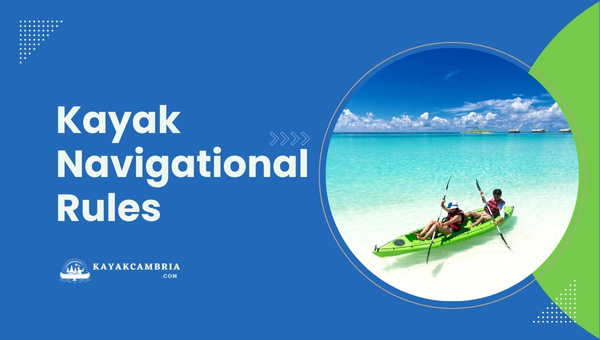
The main point of these rules is to help boaters and kayakers navigate safely to avoid collisions and other accidents.
It’s also important for a paddler to know and follow rules about who has the right of way. In general, the smaller vessel has to yield to the larger one. This means that if you’re traveling on a kayak in a narrow channel and there’s a boat longer than 60 feet present, you should give way instead of getting in its way.
There are also rules on onboard lighting. A kayak needs to be equipped with an electric torch or lighted lantern with a white light that is ready at hand to avoid collisions with other vessels.
Is a Kayak Considered a Vessel?
A kayak is classified by the US Coast Guard as a vessel and personal watercraft. This means that it falls under certain navigational rules and regulations depending on where you are kayaking. A kayak can be considered a vessel and subject to no vessel zone restrictions in certain areas. A vessel is defined as any type of watercraft that is used as a means of transportation.

Depending on the regulations of your local area, there may be certain areas where no vessel zone restriction would apply to a kayak or any water-going vessel. In this case, you need to be aware of and follow these rules if you plan on kayaking in that area. Below is a list of places that are usually marked as “no vessel zones”:
- Commercial Ports.
- Military Ports or Petroleum Facilities.
- Nuclear power plants.
- Military installations.
- Bridge towers.
- Refinery docks.
- Anchored Vessels.
Kayak users need to follow navigational rules and safety regulations when paddling in any area. They should also be aware of any no-vessel zone restrictions that may apply in their area. By being familiar with the laws and regulations regarding kayaking, you can enjoy the sport and stay safe on the water.
Why is a Canoe not a Boat?
Canoes are typically shorter than boats and can accommodate one or more people depending on the size. Canoes are also typically propelled by single-blade paddles, like a Kayak. Canoe is not a boat if only power it with your paddle.

While a canoe is considered a boat for some purposes, that definition depends on how you define ‘boat’. Using the term ‘boat’ to describe something as short and narrow as a canoe might not be the most accurate description.
Do You Need a Boat License for a Kayak?
The answer to this question depends on the state or country in which you reside. Most states do not require a license to operate a kayak, while others do. It is always a good idea to know about the boating laws in your area before heading out on the water with your kayak. In America then no states require any boating license to operate a kayak.
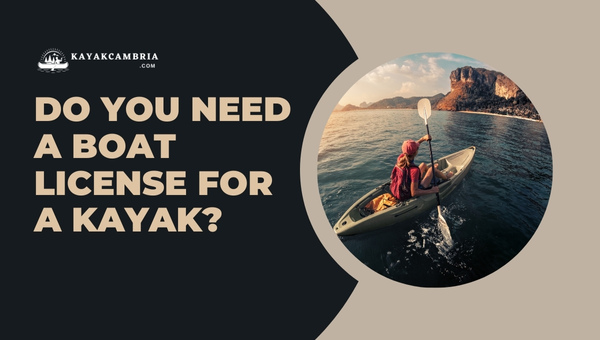
Below is the list of a few states and their requirements:
- Oregon: You must have a Waterway Access Permit if your kayak is over 10 feet long.
- Minnesota: Minnesota has a law that requires any kayak more than 10 feet in length to have a boat license.
- Pennsylvania: All kayaks in Pennsylvania must be registered with the state and display proof of registration when on the water.
- Iowa: Iowa law requires any kayak more than 13 feet in length to have a boat license.
- South Dakota: South Dakota requires a boat license for kayaks over 10 feet long.
- Ohio: Ohio does not require a title for kayaks, but all kayaks must be registered.
Law Need to Follow for Kayaking
It is always important to follow your local laws when kayaking. As mentioned above, some states require a license for certain sizes of kayaks and all states require you to have the appropriate equipment with you while on the water.
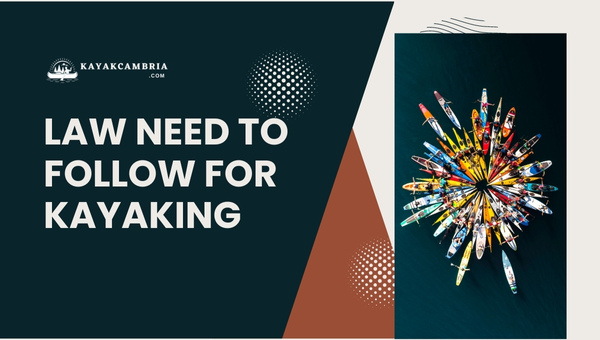
The one thing every state requires is a life jacket. It is essential to put on your life jacket before heading out in a kayak since they are not always the most stable of vessels and you never know what could happen while out on the water.
Other important items to have include:
- A signalling device such as a whistle or flare gun is great for getting the attention of other boats or signals for help in an emergency. It is good to have both auditory and visual signals to maximize your chances of getting help.
- A device to empty your kayak such as a bucket or bilge pump is needed for self-recovery in the event you capsize your boat.
- A tow rope is important to have in case of an emergency and can help you get to shore if need be.
- Navigation equipment such as a map and compass will help you find your way back home safely.
- Lastly, a first aid kit is a must-have for any kayaker. It can help you treat minor injuries and provide necessary supplies in an emergency.
What is Considered a Boat?
In the most basic sense, a boat is any type of watercraft used for transportation or pleasure on the water. Boats come in many shapes and sizes and can accommodate different capacities depending on what they are used for.
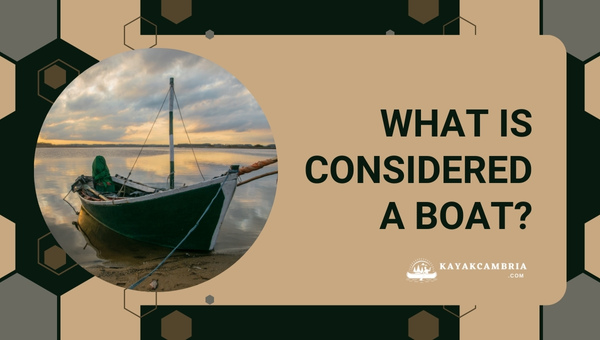
Fishing boats, sailboats, motorboats, yachts, and rowboats are just some examples. When choosing your perfect boat, it is important to do your research and find the one that fits your needs. Boats can come in all sorts of colors and styles to fit any personality, so you’re sure to find something that works for you.
Frequently Asked Questions
1. What is the difference between a boat and a kayak?
A boat is generally larger than a kayak and has more stability when travelling through choppy waters. Additionally, boats typically require some knowledge of the engine and navigation before operating, whereas you can get started with a kayak without any prior paddling experience.
2. What type of boat is a kayak?
Kayaks are generally considered small boats, but they can come in various sizes and shapes depending on their intended use.
3. Is kayaking safe?
Kayaking is safe when the proper precautions are taken and you adhere to local laws and regulations. Always wear a life jacket and be sure to have the necessary safety equipment with you before heading out on the water.
4. Is a kayak considered a boat?
Yes, a kayak is considered a type of small boat and must adhere to the laws and regulations in your area. It is important to register your kayak with the state if required.
Final Words
Kayak is a type of boat and it is important to follow the laws for kayaking in your state. Some states require a license for kayaks over a certain size, and all states require the necessary safety gear while on the water. It depends on your local boating regulator as to what is considered a boat, so be sure to check with them before purchasing and operating your kayak.
Knowing the laws that apply to you is key to staying safe when out on the water and having fun in your kayak! We hope our blog post “Is a kayak a boat?” helped answer any questions you had. Happy paddling!

